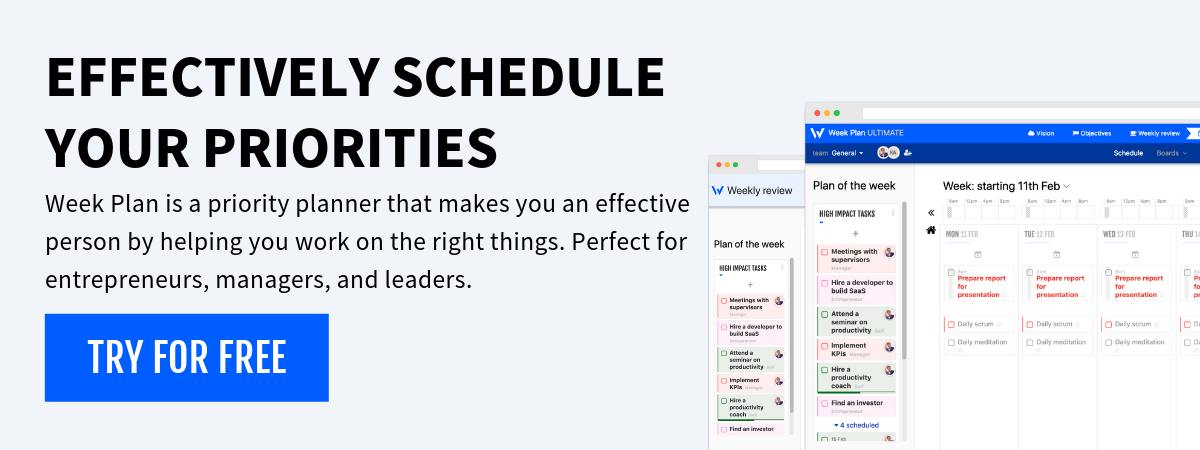Project Network Diagrams are a pivotal tool in project management, offering a visual representation of a project’s tasks and the relationships between them. This methodology aids project managers in planning, executing, and monitoring project activities, ensuring a comprehensive understanding of the project’s scope and sequence. By utilizing Project Network Diagrams, project teams can identify the most efficient path for project completion, anticipate potential bottlenecks, and allocate resources more effectively. This article delves into the intricacies of Project Network Diagrams, their types, importance, and how they contribute to successful project management.
Understanding Project Network Diagrams
Project Network Diagrams graphically illustrate the chronological order of project activities and their interdependencies. These diagrams are constructed using nodes (representing project tasks or events) and arrows (indicating the sequence and dependencies between tasks).
Types of Project Network Diagrams
Precedence Diagramming Method (PDM): Utilizes nodes to represent activities and arrows to show dependencies. It’s the most commonly used type, known for its flexibility in showing different types of dependencies.
Arrow Diagramming Method (ADM): Also known as Activity on Arrow (AOA), this method uses arrows to represent activities and nodes to depict events or milestones.
The Role of Project Network Diagrams in Project Management
- Scheduling: Helps in determining the project’s critical path, enabling efficient scheduling and time management.
- Resource Allocation: Identifies critical tasks that require more resources, ensuring optimal resource distribution.
- Risk Management: Highlights potential risks associated with task dependencies, facilitating proactive risk mitigation strategies.
Creating a Project Network Diagram: A Step-by-Step Guide
Identify Tasks: List all activities required to complete the project.
Determine Dependencies: Establish the sequence of tasks and their interdependencies.
Draw the Diagram: Use PDM or ADM to represent tasks and dependencies visually.
Calculate Durations: Estimate the time required for each task, contributing to the overall project timeline.
Examples of Project Network Diagram Application
- Construction Projects: Mapping out the sequence of construction activities, from foundation laying to final inspections.
- Software Development: Planning the development phases, including design, coding, testing, and deployment.
- Event Planning: Organizing event-related tasks, such as venue booking, catering, and entertainment arrangements.
Benefits of Using Project Network Diagrams
1.Enhanced Visibility
Provides a clear overview of all project activities and their dependencies.
2. Improved Planning
Facilitates more accurate project scheduling and timeline estimation.
3. Increased Efficiency
Identifies the critical path and potential bottlenecks, enabling timely interventions.
4. Better Communication
Serves as an effective communication tool among project stakeholders, promoting transparency and collaboration.
Challenges and Considerations
Implementing Project Network Diagrams requires a thorough understanding of the project’s scope and an ability to accurately define tasks and dependencies. Challenges may include the complexity of large projects, changes in project scope, and the need for regular updates to reflect project progress. However, with careful planning and effective management, these diagrams can significantly contribute to project success.
Conclusion
Project Network Diagrams are an indispensable tool in the arsenal of project management methodologies. By offering a visual representation of tasks, dependencies, and the critical path, these diagrams enhance the planning, execution, and monitoring of projects. Whether managing a complex construction project or a simple event, Project Network Diagrams help ensure that projects are completed on time, within budget, and to the desired quality standards. Adopting this tool can lead to more efficient project outcomes and a stronger foundation for project management success.

More Posts
Time Management Hacks - The Complete List of Hacks that works
Can you control the clock? Can you turn back the time? Can you make it pass slower or quicker? Sadly, the answer to all the above questions is a resounding no. For better...
8 Ways Medical Students Can Maximize Their Time Management
Learning effective time management for medical students is key in handling the busy life of med school. It’s important to balance study and free time. This helps you grow while staying on top of your...
Why Can't I Focus Top 07 Reasons Why?
People frequently complain about their inability to focus at work, school, or even daily activities. They occasionally even struggle to keep up with the to-do list. How often have you checked your phone...
Effective ways to improve your productivity
Regardless of what your work is, you will want to succeed in it. Everyone works with the goal of success. Productivity plays a big role in that success.


